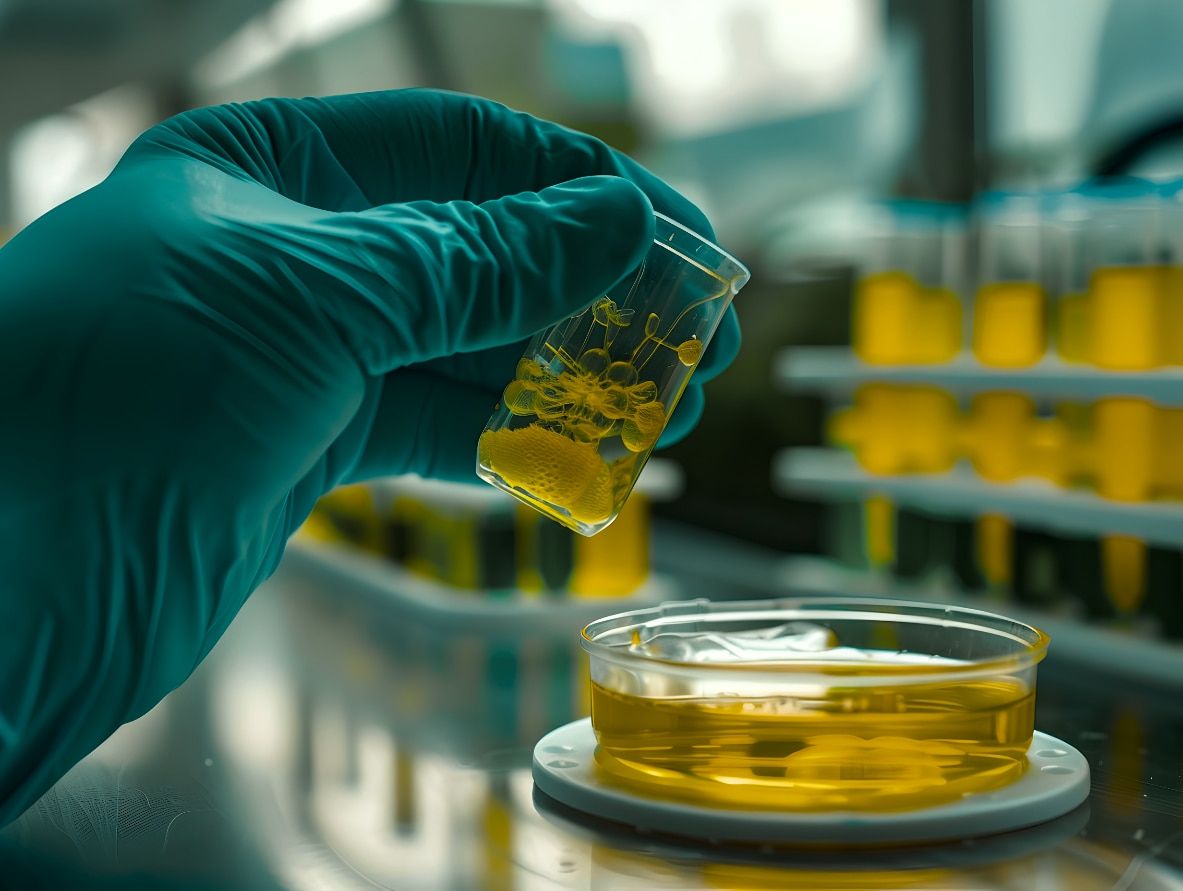-
CAS140-88-5
-
Structural formula
C₅H₈O₂
Remove ethyl acrylate from the exhaust air
What is ethyl acrylate?
Ethyl acrylate is a colourless liquid with a pungent odour that belongs to the group of acrylates. It is an important raw material in the chemical industry and is mainly used for the production of polymers and copolymers that are used in coatings, adhesives and textile auxiliaries. Ethyl acrylate is highly reactive and polymerises easily, which is why it is often stabilised.
Creation
Ethyl acrylate is mainly produced by the esterification of acrylic acid with ethanol under acidic conditions and often in the presence of a catalyst. This process mainly takes place in industrial production plants.
Recognition
Ethyl acrylate can be recognised by its characteristic pungent, fruity odour. It is a clear, colourless liquid that is highly volatile and can cause severe irritation on contact with the skin and if inhaled.
Limit values
In Germany, the limit values for ethyl acrylate are regulated by the Technical Instructions on Air Quality Control (TA-Luft) and the occupational exposure limit values (OEL). The OEL for ethyl acrylate is 5 ppm (parts per million) or 21 mg/m³. These limit values are intended to ensure that the concentrations in the workplace do not cause any damage to health.
Hazards
Health: Ethyl acrylate can cause severe irritation to the skin and eyes. Inhalation of the vapours often leads to respiratory irritation, headaches and dizziness. With long-term exposure there is a risk of allergic reactions and sensitisation. Environment: Ethyl acrylate is toxic to aquatic organisms and may cause long-term adverse effects in aquatic systems. Economic damage: Due to its flammability and reactivity, there is a risk of fire and explosion, which can lead to material damage.
The oxytec Purification Technology
For many organic pollutants, we offer energy-saving and clean technologies for neutralisation, which we combine in multi-stage plants. In order to achieve a reduction below the limit values, not only the dimensioning of the respective purification stage but also the sequence of the technologies is decisive, as they have different physical effects on the molecules. Below we present some of our purification modules.
CWA
Alternative technologies
In addition to our solutions, there are other technologies such as conventional activated carbon filters and simple ventilation systems. However, these often have disadvantages such as high energy consumption, limited cleaning performance, large space requirements, long lead times and high investment costs.
Advantages of the oxytec solution
- Compact design: Small footprint compared to traditional systems
- Low operating costs, therefore fast amortisation
- Environmentally friendly: Minimal environmental impact thanks to innovative technologies
- Efficient ethyl acrylate reduction: High efficiency thanks to high cleaning levels with minimal energy consumption
